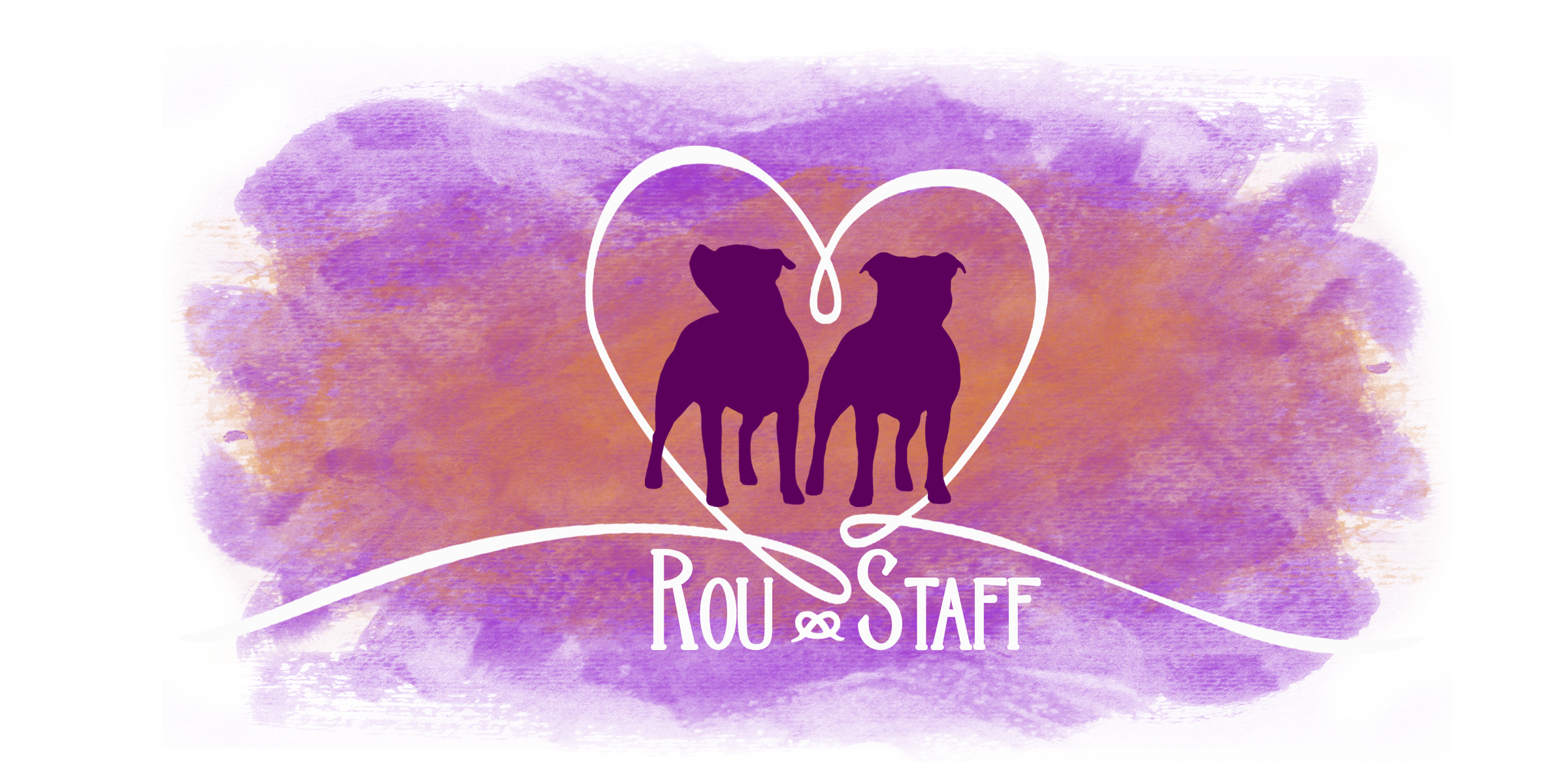STAFFORD HEALTH
There are 5 required tests for the Staffordshire Bull Terrier – CHIC Program
Hip Dysplasia: OFA Evaluation – and/or – PennHIP Evaluation
Elbow Dysplasia: OFA Evaluation
Hereditary Cataracts (Juvenile Cataracts): DNA Test
Juvenile hereditary cataracts are an inherited form of cataracts that commonly cause blindness in dogs by clouding the lens of the eye and affecting both eyes symmetrically.
Eye Examination by a boarded ACVO Ophthalmologist – minimum age 1 year; Results registered with CAER – or – Results registered with OFA
There are quite a few eye conditions, however the Stafford is affected by two additional eye conditions apart from HC and Cataracts:
Persitent Hyperplastic Primary Vitreous – PHPV
This is an eye disorder that appears to affect Staffordshire Bull Terriers and it’s one that vets are not sure how puppies inherit it from parent dogs. With this said, puppies are born with the condition so it is a congenital disorder and as such they can be tested for PHPV when they are around 6 weeks old. The good news is that it is not a progressive eye disorder so if a puppy is born with the condition it will not get any worse during the course of their lives.
Posterior Polar Subcapsular Cataracts – PPSC
Staffs are also more predisposed to developing Posterior Polar Subcapsular Cataracts along with a few other breeds, namely the Golden Retriever and the Labrador. The good news is that it’s an eye disorder that does not generally interfere with a dog’s vision. The bad news is that puppies cannot be tested for this sort of cataract and how they inherit the condition from parent dogs is not known either. Dogs of any age can show symptoms of the condition developing which is why it’s essential that every Staff should be tested every year to establish whether or not they have the condition or not, especially if they are being used in a breeding program.
https://www.pets4homes.co.uk/pet-advice/staffordshire-bull-terriers-and-eye-disorders.html
L2HGA (L-2-Hydroyglutaric acidurea): DNA Test
Optional tests for the Stafford
Patellar Luxation: OFA Evaluation, by Practitioner or Orthopedic Vet. **We feel this is more common in the breed than realized so we feel it is important to test for it.
Other Staffordshire Bull Terrier Health Considerations & Potential Issues
Brachycephalic Syndrom: Brachycephalic syndrome is a term used to describe a combination of primary and secondary anatomic abnormalities found in brachycephalic breeds that leads to varying degrees of upper airway dysfunction and obstruction. The primary abnormalities include stenotic nares, enlarged tonsils, and an elongated soft palate. It is most commonly a condition of breeds with short fore faces or upper jaws such as Pugs, French Bull Dogs, Staffords and the like.
Heat Sensitivity and Heat Stroke: Unfortunately since the Stafford is considered of the Brachy breed variety, they can be highly heat sensitive. Heat stroke can come on quick and if not treated, is deadly. Because the breed is easily excitable especially when doing sporting or other activity that they love such as walks and hiking we take every extra precaution to minimize the chances of Heat Stroke. This includes keeping a “kit” with us at all times – lots of water, alcohol pads or sprays for the bottom of the paw pads, cool coats, as well as crate fans and shade cloths for sporting events.
Degenerative Myelopathy: Degenerative Myelopathy is an inherited neurologic disorder caused by a Mutation of the SOD1 gene known to be carried by Staffordshire bull terriers. This mutation is found in many breeds of dog, though it is not clear for Staffordshire bull terriers whether all dogs carrying two copies of the mutation will develop the disease. Read more.
